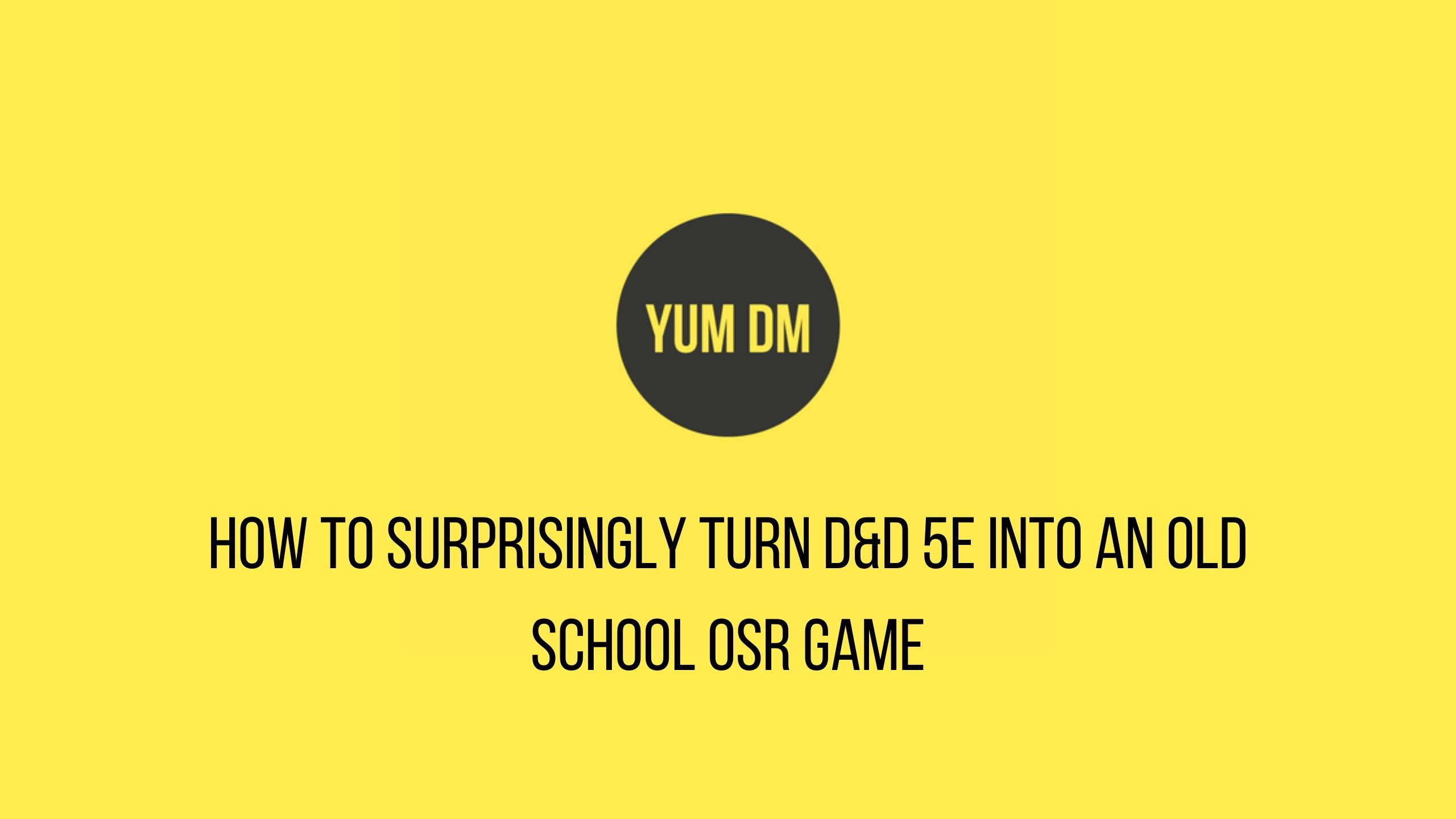Henadic Theologian
Legend
Ok finally watched it. Fascinating analysis.
He's right about the distance between decision markers & fans, I think instead of cutting folks like Dan Dillion, they should have removed all the VP positions that D&D didn't need previously and move those folks to accounting or something.
When it comes to the issue of less flavour in the core for the most part and generic humaniods, cultures, setting flavour, etc..., and the little true innovation in the core vs refinements, and such is that Mike Mearls had left before I think the decision to shift alot of that stuff to Setting books like E: FotA, L-S, FRPG, FRAG, etc..., reducing the Core to pure scaffolding with some exceptions. But the mistake WotC made was not to advertising this fact soon, so stuff like Drow Priestess of Lolth isn't gone, it's shunted to Setting books, along with innovative mechanics that are not universally applable, and cultures and all that stuff. This is a bit less true of the DMG.
And lastly subclassless classes already exist in 5e, why did everyone forget Sidekick Subclasses where are perfectly playable?
He's right about the distance between decision markers & fans, I think instead of cutting folks like Dan Dillion, they should have removed all the VP positions that D&D didn't need previously and move those folks to accounting or something.
When it comes to the issue of less flavour in the core for the most part and generic humaniods, cultures, setting flavour, etc..., and the little true innovation in the core vs refinements, and such is that Mike Mearls had left before I think the decision to shift alot of that stuff to Setting books like E: FotA, L-S, FRPG, FRAG, etc..., reducing the Core to pure scaffolding with some exceptions. But the mistake WotC made was not to advertising this fact soon, so stuff like Drow Priestess of Lolth isn't gone, it's shunted to Setting books, along with innovative mechanics that are not universally applable, and cultures and all that stuff. This is a bit less true of the DMG.
And lastly subclassless classes already exist in 5e, why did everyone forget Sidekick Subclasses where are perfectly playable?


